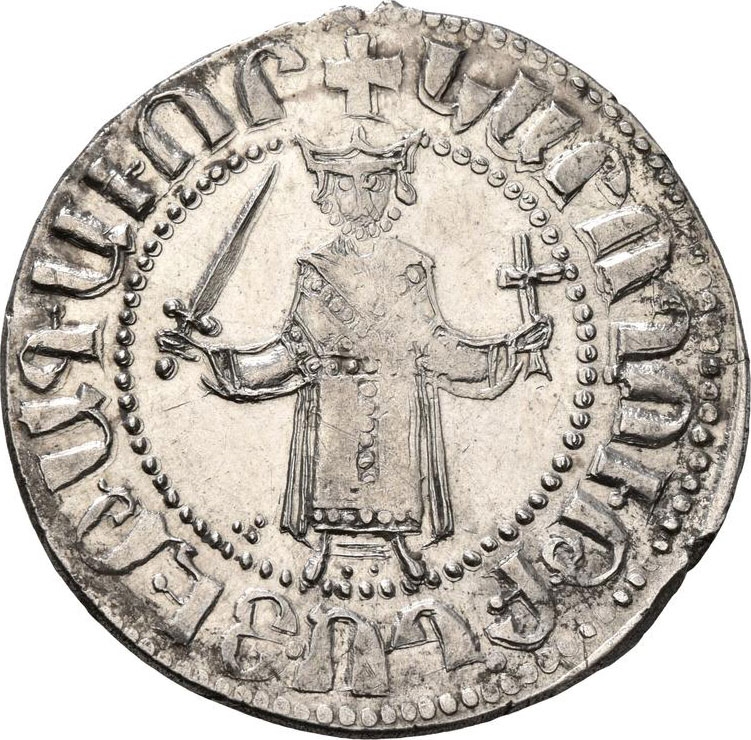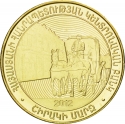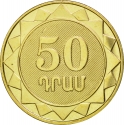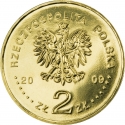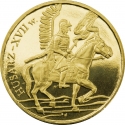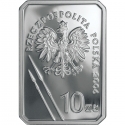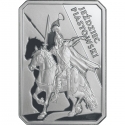You are about to finish your registration. Please check your mailbox (including spam folder). There should be a letter with a confirmation link. Check setting to make sure that your e-mail address is correct.
Send letter againDescription
The Armenian Kingdom of Cilicia, also known as the Cilician Armenia, Lesser Armenia, or New Armenia, was an independent principality formed during the High Middle Ages by Armenian refugees fleeing the Seljuq invasion of Armenia. Located outside of the Armenian Highland and distinct from the Armenian Kingdom of antiquity, it was centered in the Cilicia region northwest of the Gulf of Alexandretta.
The kingdom had its origins in the principality founded c. 1080 by the Rubenid dynasty, an alleged offshoot of the larger Bagratid family, which at various times had held the thrones of Armenia and Georgia. Their capital was originally at Tarsus, and later became Sis. In 1198, with the crowning of Levon the Magnificent of the Rubenid dynasty, Cilician Armenia became a kingdom.
In 1226, the crown was passed to rival Hethumids through Isabella's second husband, Hethum I. As the Mongols conquered vast regions of Central Asia and the Middle East, Hethum and succeeding Hethumid rulers sought to create an Armeno-Mongol alliance against common Muslim foes, most notably the Mamluks. In the thirteenth and fourteenth centuries, the Crusader states disintegrated and the Mongols became Islamized, leaving the Armenian Kingdom without any regional allies. After relentless attacks by the Mamluks in Egypt in the fourteenth century, the Cilician Armenia of the Lusignan dynasty, mired in an internal religious conflict, finally fell in 1375.
Constantine's coinage is uniformly very rare, and it is unique in showing, for the first and only time in the history of the Kingdom, the monarch holding a sword in his right hand - a remarkable attribute which undoubtedly refers to his victory in battle over his brother Sempad. The double tram served a ceremonial role rather than a commercial one: it may, in fact, have been struck to commemorate his accession to power and was probably distributed among his most important officers and followers.
Obverse

|
Constantine I, bearded and crowned, on horseback to right, his head facing, holding the reins with his left hand and a sword in his right, below, three pellets; surrounded by the inscription "Gosdantin King of the Armenians" in Armenian. +ԿՈՍՏԱՆԴԻԱՆՈՍ ԹԱԳՈՐ ՀԱՅՈՑ |
|---|---|
Reverse

|
Constantine I, bearded and crowned, standing facing in a long elaborate tunic, holding sword in his right hand and short Latin cross in his left; between his feet, two pellets; to lower left, three pellet; surrounded by the inscription "by the will of God he is King" in Armenian. +ԿԱՐՈՂՈԻԹԲՆ ԱՅ Ե ԹԱԿԱԻՈՐ |
| Edge |
Characteristics
| Material | Silver |
| Weight | 6.05 g |
| Diameter | 27 mm |
| Thickness | - |
| Shape | - |
| Alignment | - |

